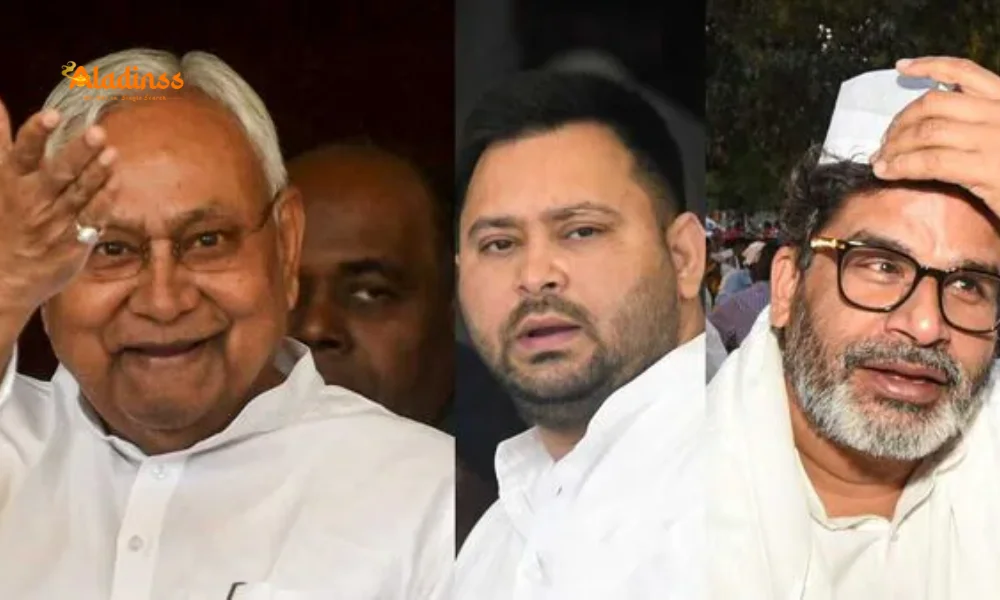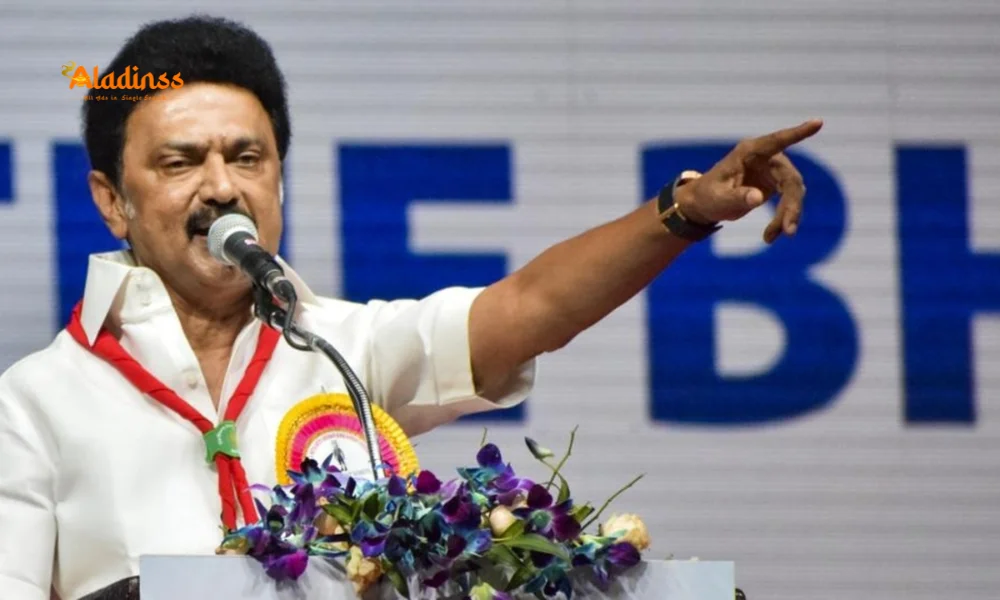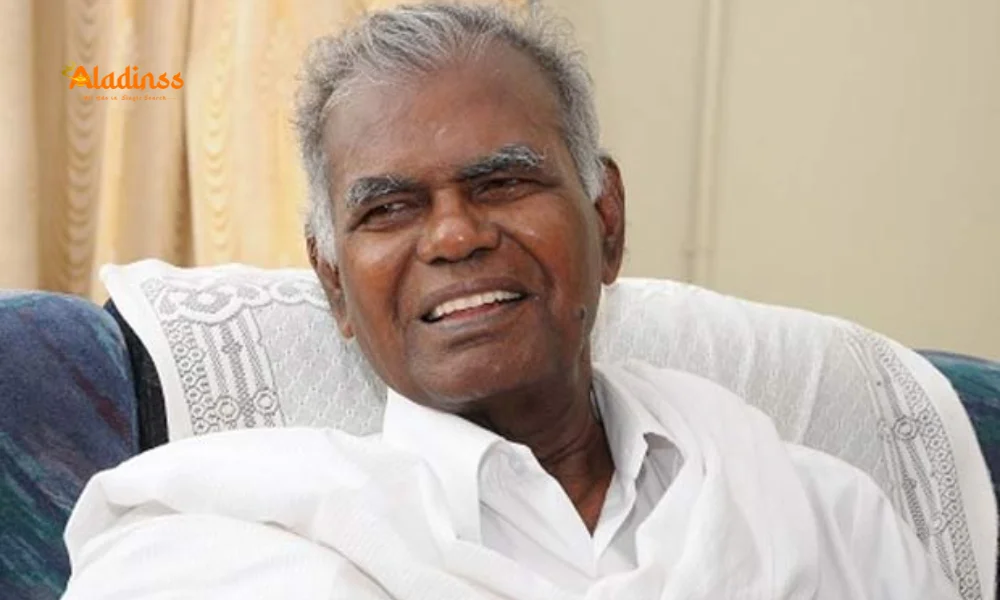Bihar Polls 2025: PK Out, Women Voters Key

Bihar Elections 2025: Prashant Kishor Steps Back as Women Voters Emerge as Decisive Force
The Bihar elections 2025 are shaping up as a high-stakes bipolar showdown between the NDA and Mahagathbandhan, with Prashant Kishor's Jan Suraj Party initially positioned as a disruptive third force. However, in a surprising twist announced on October 15, 2025, the political strategist has opted out of contesting personally, citing the need to bolster his party's organizational strength. This move, which quells speculation of a direct face-off with Tejashwi Yadav in Raghopur, has tempered expectations around Jan Suraj's impact, shifting focus to the emerging Mahila factor among Bihar's 3.5 crore women voters.
Kishor's decision underscores a strategic pivot toward long-term party-building, as he vows to aim for at least 150 seats or accept nothing less than a transformative debut. Critics from both BJP and RJD have seized on this, branding it a preemptive admission of weakness, while supporters argue it frees him to orchestrate a broader anti-incumbency wave against Nitish Kumar's NDA. Meanwhile, the Special Intensive Revision of voter lists has fizzled as a controversy, leaving women-centric schemes as the pivotal battleground in this caste-dominated arena.
With voting phases set for November 6-11 and results on November 14, 2025, Bihar's political landscape remains fluid. Jan Suraj's ticket distribution to diverse candidates across castes and regions signals an attempt to transcend traditional divides, but the real wildcard could be female empowerment initiatives that have historically swayed outcomes in favor of incumbents.

Prashant Kishor's Strategic Retreat from the Poll Arena
Prashant Kishor, the architect behind several high-profile campaigns including Narendra Modi's 2014 victory and Nitish Kumar's 2015 resurgence, launched Jan Suraj in 2024 with promises of a development-centric revolution in Bihar. His October 11 padayatra kickoff in Raghopur, Tejashwi Yadav's stronghold, had fueled buzz about a glamourous debut clash. Yet, in a PTI interview, Kishor clarified he would forgo candidacy to avoid fragmenting votes and focus on grassroots mobilization across 243 constituencies.
Fielding Chanchal Singh, a 37-year-old former JD(U) associate and JSP Youth Wing Vice President, in Raghopur exemplifies Jan Suraj's youth-forward approach. Singh, a Patna-based hotelier, brings business acumen to the fray, aligning with Kishor's narrative of economic revival over caste arithmetic. The party has announced candidates for over 200 seats, drawing from professionals, educators, and local leaders to appeal beyond Yadav-Muslim strongholds.
Kishor's audacious target-150 seats or bust-mirrors Amit Shah's BJP ambitions, positioning Jan Suraj as a kingmaker or spoiler. He predicts Nitish Kumar's defeat due to fatigue after multiple alliance flips, while dismissing the INDIA bloc's unity. BJP spokespersons like Gaurav Bhatia have mocked this as "less than NOTA," and RJD leaders call it a "surrender before battle." Internal party rifts, including a leader burning flags over ticket snubs, highlight challenges in sustaining hype.
Special Intensive Revision Fails to Ignite Voter Backlash
The Election Commission's Special Intensive Revision (SIR) of Bihar's electoral rolls, launched in June 2025, was touted by opposition as a ploy to disenfranchise minorities and migrants. With 69 lakh names deleted-99% routine per ECI data-the process concluded without mass protests or legal upheavals. Fears of targeting suspected Rohingyas or Bangladeshis evaporated, as district reports show no disproportionate minority exclusions.
Opposition campaigns like Rahul Gandhi's Vote Adhikar Yatra generated initial fervor among Congress workers, but failed to translate into widespread "Vote Chori" outrage. C-Voter surveys indicate a political divide: NDA supporters view SIR as cleansing duplicates, while MGB backers suspect foul play, yet overall voter sentiment prioritizes governance over procedural gripes. ECI's overhaul for future revisions aims at greater inclusivity, learning from Bihar's backlash.
This non-event has neutralized a potential flashpoint, allowing focus on substantive issues like employment and infrastructure. As Bihar's 7.9 crore electorate heads to polls, SIR's legacy is one of quiet efficiency rather than controversy, underscoring maturing electoral processes in the state.
- Deletions: 69 lakh total, mostly duplicates and shifted voters.
- Minority impact: No evidence of targeted removals per district data.
- Opposition response: Initial protests, but no sustained mobilization.
- ECI adjustments: Voter-friendly tweaks for upcoming cycles.
The Rising Mahila Factor: Women Voters as Bihar's Game-Changer
In the Bihar elections 2025, the Mahila factor could prove decisive, with 3.5 crore women electors nearly matching male numbers and historically tilting toward Nitish Kumar's inclusive policies. Schemes like the Mukhyamantri Mahila Udyami Yojana, offering loans for women entrepreneurs, contrast sharply with Tejashwi Yadav's Rs 2,500 monthly stipend promise, pitting self-reliance against direct aid.
Nitish's track record-cycling 50% reservation for women in local bodies since 2006-has built loyalty, evident in 2020's NDA win where female turnout surged 5%. Recent data shows a slight dip in women-to-men voter ratio for the first time in 15 years, from 91.5% to 90.8%, but experts predict no dilution in influence. NDA's aggressive outreach, including PM Modi's praise for women's role, amplifies this trend.
Tejashwi's RJD counters with youth and job pledges, but surveys like C-Voter's highlight women's preference for empowerment models akin to Madhya Pradesh's Ladli Behna or Jharkhand's Maiya Samman, which boosted incumbents. In Bihar's rural heartlands, where 80% of women voters reside, access to credit and skill training resonates amid persistent gender gaps in literacy and employment.
Caste Dynamics and Broader Electoral Currents
Bihar's politics, long mired in caste calculus, sees Jan Suraj attempting a narrative shift toward governance. Kishor's 4,500 Jan Sabhas across Patna, Darbhanga, and Gaya emphasize irrigation, education, and migration reversal-issues transcending EBC, OBC, and upper-caste silos. Yet, NDA's consolidation of Kurmi-Koeri votes and MGB's Yadav-Muslim core keep the bipolar frame intact.
Nitish Kumar, at 74, faces fatigue after nine terms and flip-flops, but his social justice legacy endures. Tejashwi, 36, positions as a dynamic alternative, leveraging Lalu Prasad's base while promising industrial hubs. Prashant Kishor's non-contest allows him to critique both, forecasting NDA's collapse and MGB's disarray.
External forces like economic recovery post-floods and central aid will sway undecideds. Polls project a cliffhanger: NDA at 130-140 seats, MGB 100-110, Jan Suraj 10-20. Women's sway could tip scales, as seen in Maharashtra and Haryana where similar initiatives clinched victories.
Outlook: A Transformative Verdict on November 14
As campaigns peak, Bihar elections 2025 encapsulate India's democratic evolution-from caste rigidity to gender-inclusive agendas. Kishor's retreat may blunt Jan Suraj's edge, but his vision persists through proxy battles. SIR's irrelevance clears the deck for policy debates, while the Mahila factor underscores women's ascent as electoral architects.
For Nitish, retention hinges on welfare continuity; for Tejashwi, breakout demands bridging generational divides. A Jan Suraj upset could herald multi-party futures, but realism points to NDA resilience buoyed by female fidelity. On November 14, EVMs will decode if development trumps dynasty, or if Bihar's 'M' truly makes the mandate.
This poll isn't just about seats-it's a referendum on progress, where women's voices could redefine the state's trajectory for the next decade.
Comment / Reply From
No comments yet. Be the first to comment!











